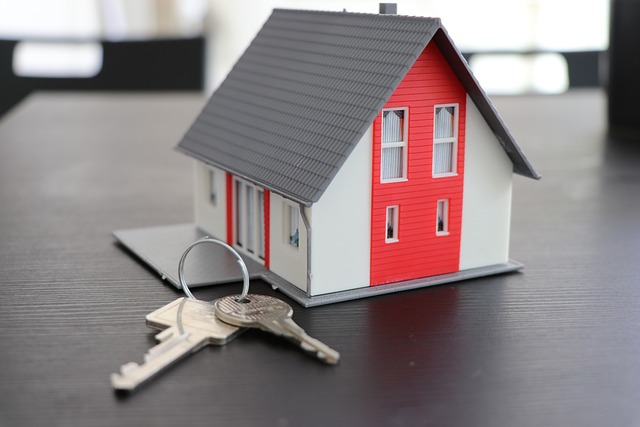Mold significantly impacts property appraisal values, with severe cases lowering offers due to health hazards and repair costs. Visible mold patches in high-risk areas like basements or bathrooms are red flags. Regular inspections, prompt leak repairs, adequate ventilation, thorough cleaning, and documentation of repairs protect home value by showcasing responsible ownership and promoting a healthier living environment.
“Does mold lower property appraisal values? It’s a question that worries many homeowners. This article delves into the intricate relationship between mold and home value, exploring how understanding mold’s impact can equip you with strategies to minimize its adverse effects. From appreciating the dangers of hidden mold to implementing preventative measures, we guide you through the process of navigating property appraisals in areas affected by mold.”
- Understanding Mold and Its Impact on Properties
- The Role of Mold in Property Appraisals
- Strategies to Minimize Mold's Effect on Home Value
Understanding Mold and Its Impact on Properties

Mold, a natural yet often unwelcome guest in homes, can significantly impact property appraisal values. Understanding its effects is crucial for both homeowners and real estate professionals. Mold thrives in dark, damp environments, making it common in areas like basements or bathrooms where water intrusion occurs. While some mold species are harmless, others can produce toxic compounds known as mycotoxins, which pose health risks to occupants. Not only does the presence of mold affect indoor air quality, but it can also cause structural damage to a property over time.
When assessing home value and mold, appraisers consider the extent of the infestation. Minor surface mold may not deter buyers significantly, especially if proper remediation is undertaken. However, extensive mold growth, particularly in hidden areas like walls or under flooring, signals a more serious problem. This can lead to lower property values as it raises concerns about potential health hazards and future repair costs.
The Role of Mold in Property Appraisals

Mold can significantly impact a property’s appraisal value, often in negative ways. While minor mold issues are common in many homes, severe or extensive mold contamination can be a red flag for appraisers and potential buyers alike. Mold growth indicates poor ventilation, water damage, or other underlying problems that could compromise the structural integrity of the building.
Appraisers consider mold as part of their thorough inspection process. They assess visible signs of mold, its extent, and the associated repair costs. A home with noticeable mold patches, especially in high-risk areas like bathrooms or basements, might attract lower offers during a sale. Property evaluators may also order specialized tests to detect hidden mold, as it can be a health hazard and lead to costly remediation. Addressing mold issues before putting a property on the market can help maintain or even enhance its overall home value.
Strategies to Minimize Mold's Effect on Home Value

To minimize mold’s impact on your home’s appraisal value, proactive measures can go a long way. Regularly inspecting and maintaining your property is key; addressing any water leaks promptly and ensuring adequate ventilation can prevent moisture buildup, which is a primary cause of mold growth. A thorough cleaning and decontamination after identifying mold are essential steps to restore the property to its best state.
Additionally, documenting repairs and improvements made as a result of mold removal can be beneficial when selling. Homebuyers appreciate transparency, so disclosing and providing evidence of mold-related work can demonstrate responsible ownership. Keep in mind that addressing mold issues promptly not only preserves your home’s value but also ensures a healthier living environment for potential occupants.














